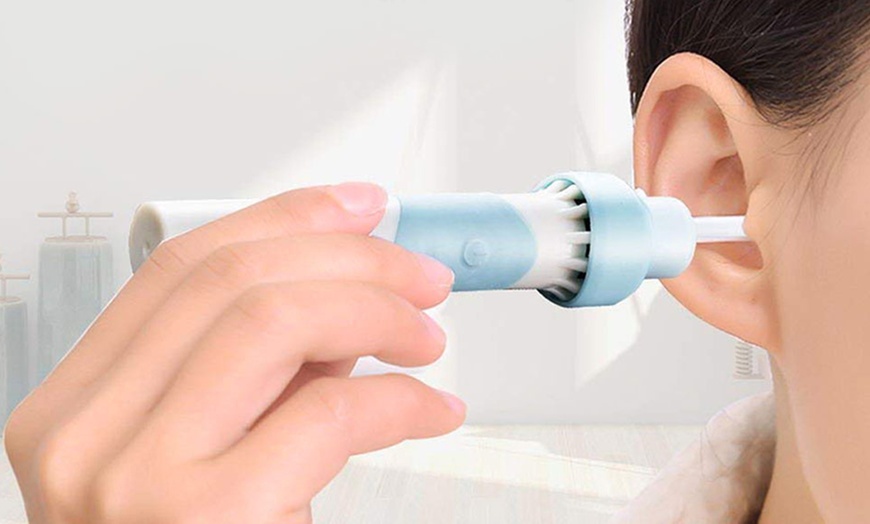Earwax Production:
The glands in the ear canal produce earwax to protect the ear. This wax helps trap dust, debris, and microorganisms, preventing them from entering the deeper parts of the ear and causing infections or damage.
Earwax also serves to lubricate the ear canal, preventing dryness and irritation.
Movement of Earwax:
The skin inside the ear canal is constantly growing outward, pushing the earwax toward the opening of the ear. This natural process is aided by movements such as chewing, talking, and even facial expressions.
As the skin cells move outward, they carry the earwax with them, gradually pushing it out of the ear canal.
Natural Discharge:
In most cases, earwax is naturally expelled from the ear without any need for intervention. It either falls out on its own or is washed away during regular showering or cleaning.
Role of the Ear Canal:
The ear canal is shaped in a way that allows for this gradual expulsion of earwax. As earwax travels out of the canal, it may dry up and crumble or simply fall out.
The movement of the jaw, such as when talking or eating, can help the wax move outward


